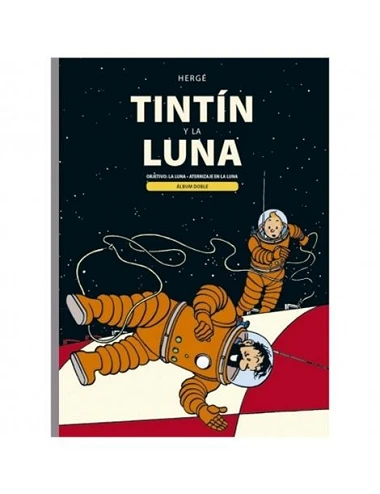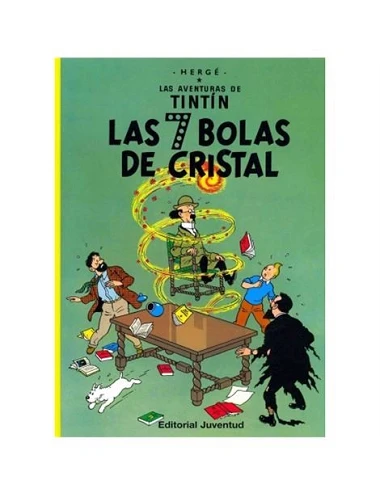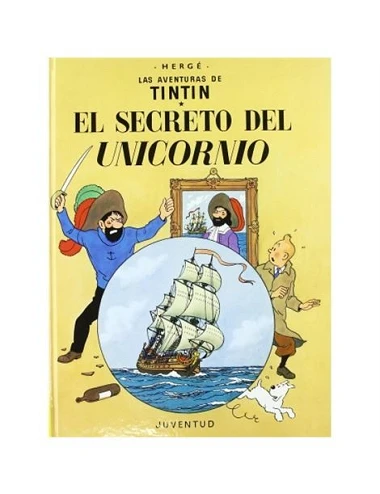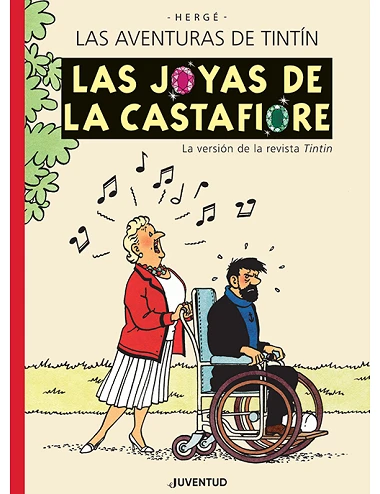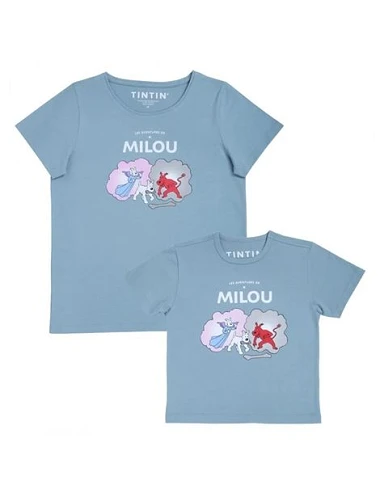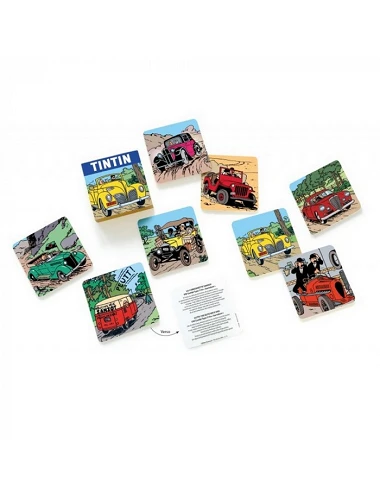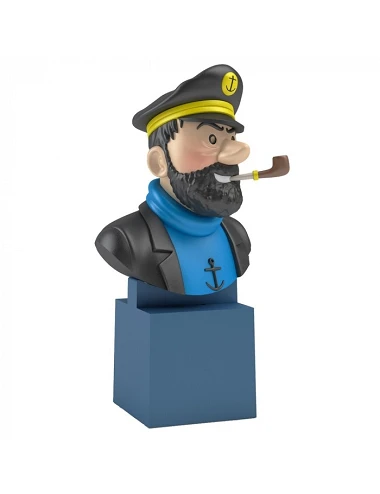
Las aventuras de Tintín 24 - TINTÍN Y EL ARTE-ALFA (hardcover) - Castellano
Tintin and the Art-Alpha, unfinished album, is finally part of the 23 other adventures of Tintin. In the months following Hergé's death on March 3, 1983, speculation was rife: many readers wanted the master's collaborators to finish the story. But Hergé was clear: there would be no new Tintins after him. Finally, in 1986, a luxurious album was published, in two booklets, with the main sketches of the cartoonist. A few years after the publication of Tintin and the Picaros, and shortly before the fiftieth anniversary of his hero, Hergé chose as the setting for his next album the world of contemporary art, which he knew particularly well. He throws Tintin into it without knowing very well where this story was going to lead him. Hergé works sporadically, wishing not to disappoint his readers, but illness overtakes him and soon convinces him that this adventure will never be finished and that it will become Tintin's last adventure.
"If others were to take up Tintin, they might do it better, or worse, but one thing is certain: they would do it differently, and then it would no longer be Tintin" (Hergé).
Translated by Concepción Zendrera
23 x 30 cm
Cardboard
64 pages










